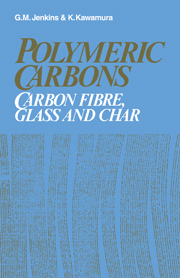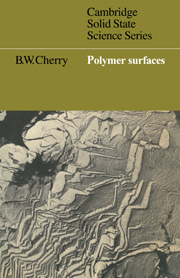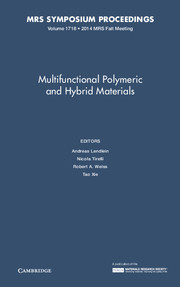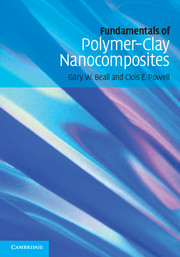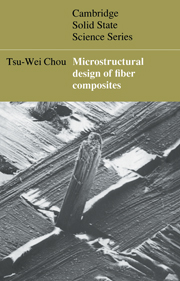Polymeric Carbons
When many polymers are heated they transform directly into carbons, without passing through an intermediate liquid paste. Such carbons are termed polymetric carbons. Phenolic resins yield an isotropic impervious black glassy carbon which is hard enough to scratch window glass and has interesting electronic properties. polyacrylonitrile fibres yield carbon fibre with enormous stiffness and strength. Combinations of the two produce the strongest carbon material (carbon-fibre-reinforced carbon). Carbon-fibre-reinforced plastics are revolutionary low density-high-stiffness materials. This 1976 book brings together data from the authors' work to describe the manufacture of polymetric carbons. It provides a description of physical, mechanical and chemical properties which are related as closely as possible to the revealed structure. Emphasis is placed on the more interesting aspects, such as development of high-strength, high-stiffness material, the semi-conducting behaviour of intermediate materials and the absorption of gases in the more open structure of absorbent chracoals.
Product details
June 2011Paperback
9780521106788
188 pages
216 × 140 × 11 mm
0.25kg
Available
Table of Contents
- Acknowledgements
- 1. Introduction
- 2. Pyrolysis of polymers
- 3. Fabrication
- 4. Structure of polymetric carbons
- 5. Physical properties
- 6. Mechanical behaviour
- 7. Chemical reactivity
- 8. Applications and uses of polymetric carbons
- References
- Author index
- Subject index.

